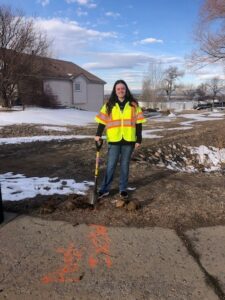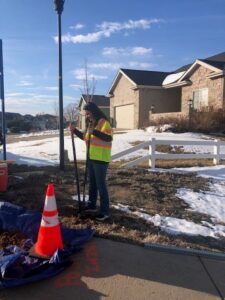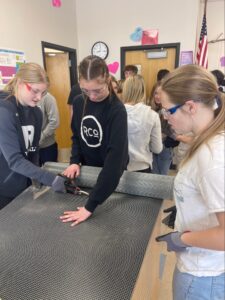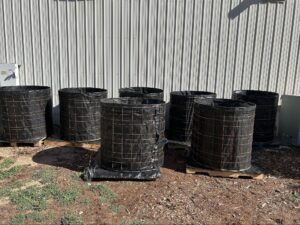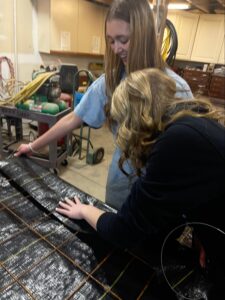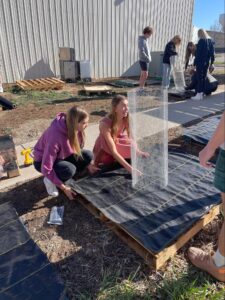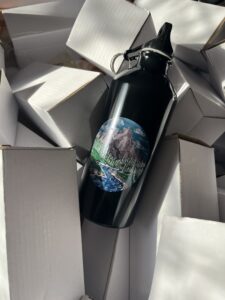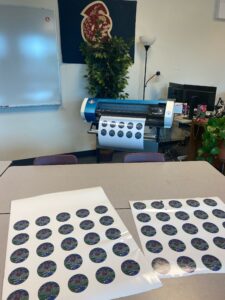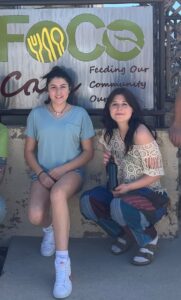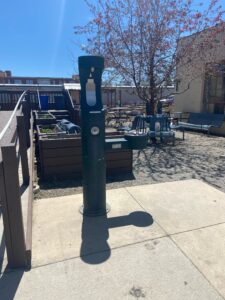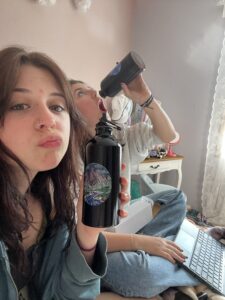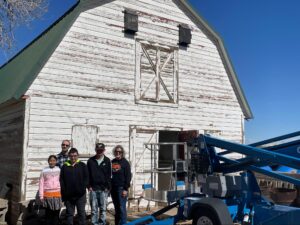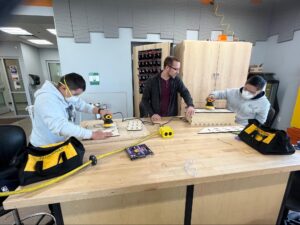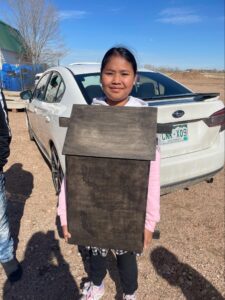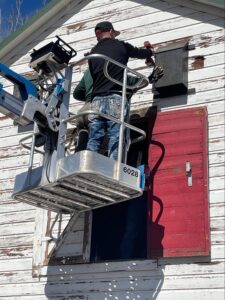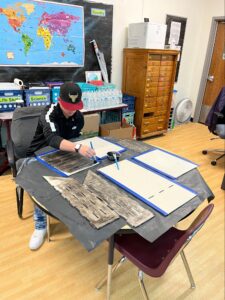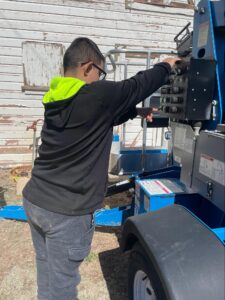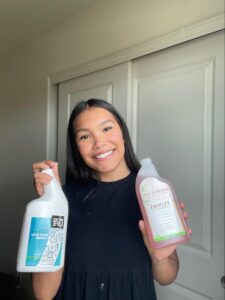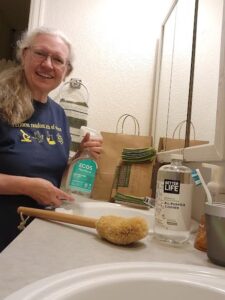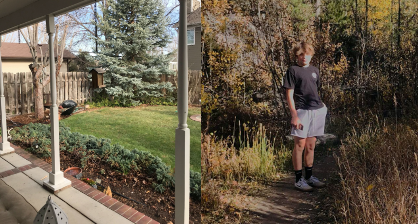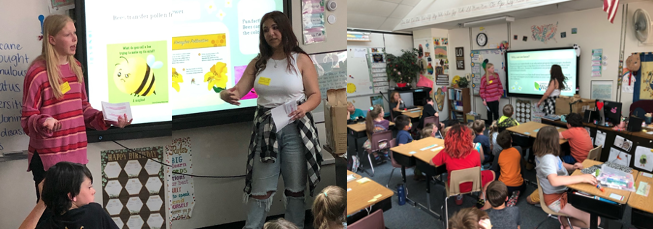2022, JOHNSTOWN, COLORADO, USA
Peyton from Roosevelt High School addressed excess nitrogen and phosphorus in our watershed by installing animal waste stations throughout her neighborhood. Dog waste contains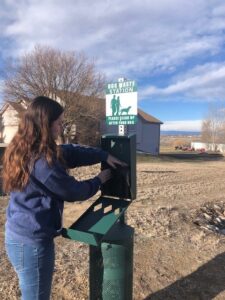 nitrogen and phosphorus that influences the growth of algae. That algae depletes the oxygen that aquatic life needs to survive and it carries significant sources of pathogens and disease-causing bacteria. These pathogens eventually end up running into the water that we drink, causing severe health problems for animals and humans. So, Peyton decided to install 2 dog waste stations throughout her neighborhood to help decrease the number of toxins entering the watershed. To also help her neighbors better understand the harmful effects of waste, she also provided them with an informational pamphlet. Peyton reported that before the stations, there were about 9 piles of dog waste within 900 ft. After the installation, there were only around 1-2 piles from before. The waste stations managed to fill up in only 2 weeks. This solution addressed Targets 6.3 and 12.4 of the Sustainable Development Goals.
nitrogen and phosphorus that influences the growth of algae. That algae depletes the oxygen that aquatic life needs to survive and it carries significant sources of pathogens and disease-causing bacteria. These pathogens eventually end up running into the water that we drink, causing severe health problems for animals and humans. So, Peyton decided to install 2 dog waste stations throughout her neighborhood to help decrease the number of toxins entering the watershed. To also help her neighbors better understand the harmful effects of waste, she also provided them with an informational pamphlet. Peyton reported that before the stations, there were about 9 piles of dog waste within 900 ft. After the installation, there were only around 1-2 piles from before. The waste stations managed to fill up in only 2 weeks. This solution addressed Targets 6.3 and 12.4 of the Sustainable Development Goals.

